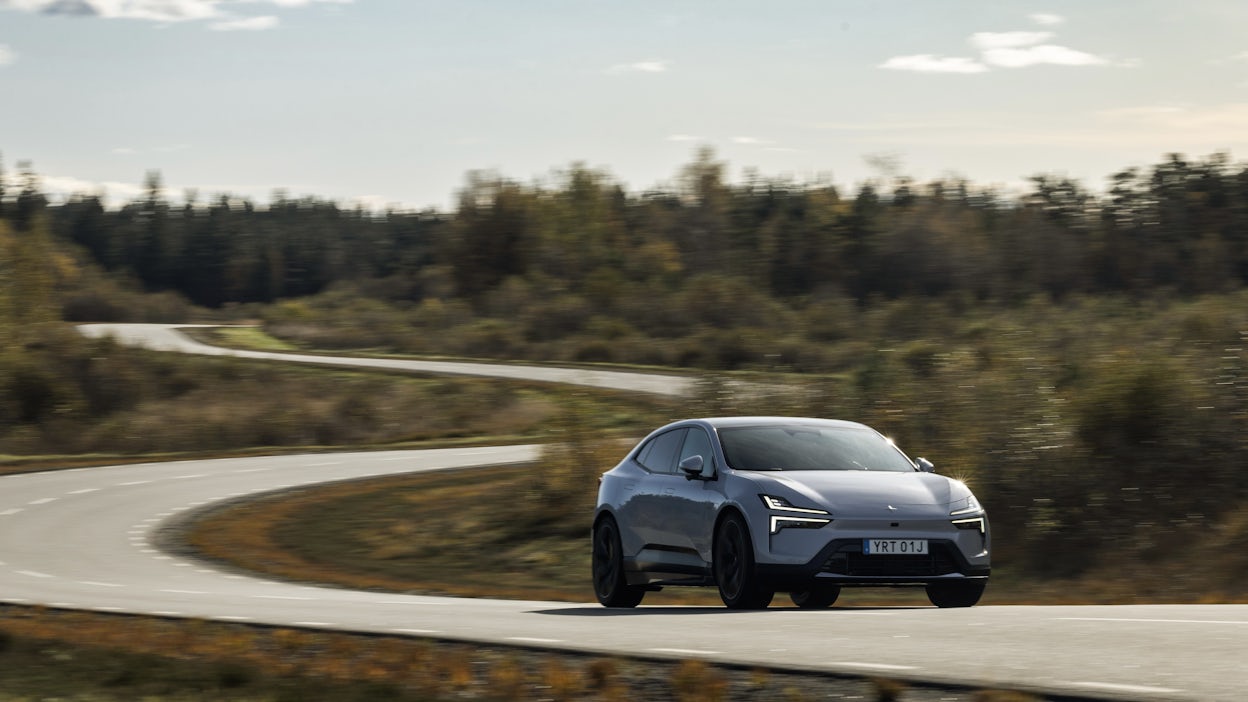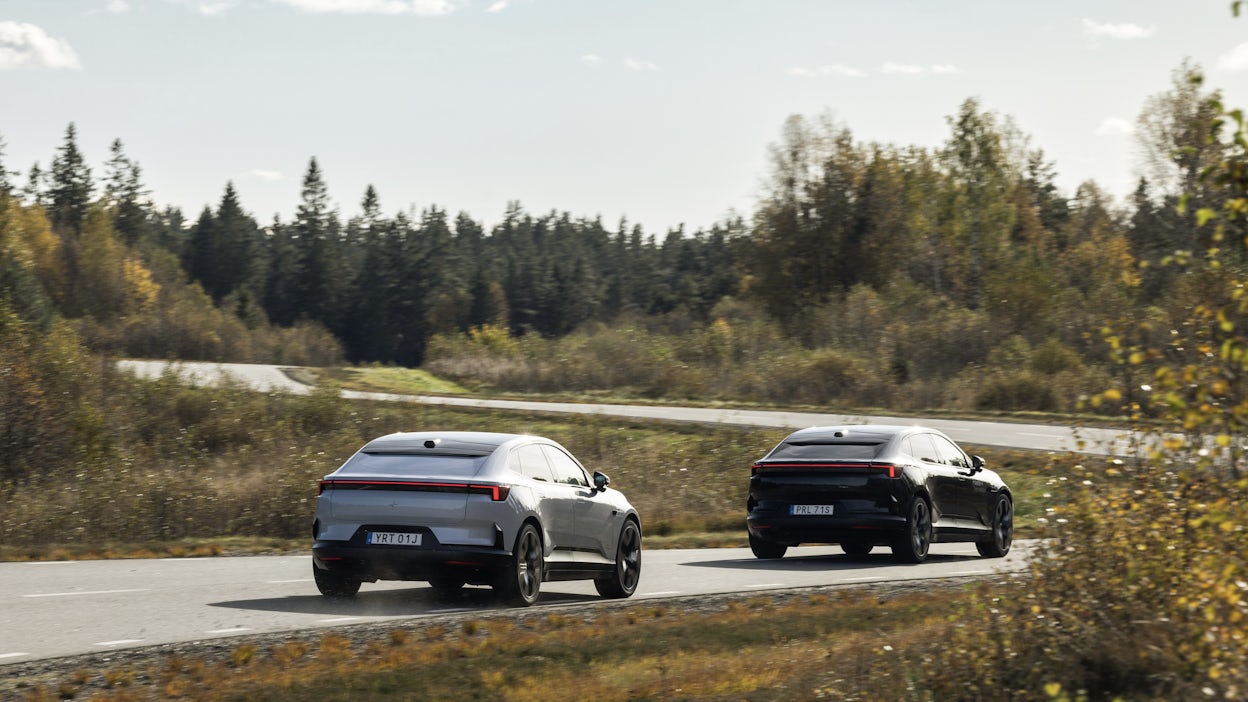ELI5: What happens when I press the accelerator in an EV?
While many people’s decision to buy an EV stem from a desire to be more eco-friendly, the true EV experience is about instant acceleration, seamless power delivery, and a whole new way to enjoy driving. But what really happens when you press the accelerator in an EV? And why can’t ICE cars keep up?

The rear of an EV is an all too familiar sight for ICE drivers nowadays. Especially when the red light turns green at an intersection. The beautifully roaring engines just can’t keep up with the near-silent buzz of an electric car. But how is this possible, and what is it that allows EVs to fly off the start line?
To find out, we dive into the mechanics and sensations behind this electrifying experience.
The initial command
When you press the accelerator in an EV, it might feel familiar under your foot, but the process that follows is anything but traditional. Unlike the mechanical linkage in many ICE (internal combustion engine) vehicles, EVs use a sophisticated system known as drive-by-wire. This means the pedal is not connected directly to the motor, but to the car’s computer system.
Drive-by-wire technology translates your foot's pressure into an electronic signal. This signal is sent to the electronic control unit (ECU), which processes your input in real-time. There’s no delay — the ECU knows exactly how much power you’re requesting and responds immediately. Whether you’re accelerating on a wet road or taking a tight corner, the EV’s computer systems adjust in real-time to maintain optimal grip and stability.
Once the ECU receives your input, it’s time for the magic to happen. The ECU sends a command to the battery management system (BMS), which governs the flow of electricity from the battery pack to the electric motor.
The ECU relies on an array of sensors to ensure everything runs smoothly. These sensors monitor the position of the accelerator pedal, the state of the battery, and the current operating conditions. It’s a complex dance of data, but the result is a seamless flow of power.


Power distribution: Battery to motor
Now, let’s talk about the heart of an EV: the battery pack and the electric motor. Simply put, the battery stores energy and the motor spins the wheels.
When you press the accelerator, the BMS directs electricity from the battery to the electric motor. This electricity is converted into mechanical energy, which turns the wheels and propels the car forward. The beauty of this system is its simplicity and efficiency. There’s no need for a complex transmission or a delay in power delivery.
Torque is the force that gets your car moving. In an ICE vehicle, torque builds gradually as the engine revs up. This is why you often feel a delay or a lag when accelerating. In contrast, an EV delivers all its torque immediately, providing a swift and seamless acceleration. This means you get maximum power right from the start.
To recap, by stepping on your accelerator, you send an electrical signal to the ECU, which is passed on to the BMS that then governs the flow of electricity from the battery pack to the electric motor. And all this happens quicker than it took you to read this sentence.

The role of regenerative braking
While we are at it, we might as well talk about what happens when you lift your foot off the accelerator. When you lift off the accelerator, the electric motor reverses its function, acting as a generator to convert kinetic energy back into electrical energy, which is stored in the battery.
Regenerative braking not only helps recharge the battery but also enhances driving dynamics. It provides a level of deceleration that can make driving smoother and more controlled. This is what we mean when we say ‘one pedal drive’ as lifting your foot from the accelerator has the same function as lightly braking.
The sensory experience: Feel and sound
Accelerating an EV isn’t just about the mechanics; it’s also about the sensory experience. Although some might miss the roar of an engine, its absence creates an entirely new sensation of rapid acceleration.
Similar to turning down the music when attempting to squeeze into a tight parking spot, your other senses are heightened when you fly forward in complete silence. You get the rollercoaster feeling in your stomach and can hear the stifled scream from your uninitiated EV passenger as you climb to 100km/h in less than 5 seconds. This quietness doesn’t mean a lack of excitement – it’s simply a new era of automotive enjoyment.
Whether you’re a performance enthusiast or simply someone who appreciates innovative technology, an EV offers a unique thrill that must be experienced firsthand. Visit a Polestar Space for a test drive and discover the future of driving.
Want to learn more about cars? Have a look at our previous ‘Explain it like I’m 5' stories: braking systems and suspension systems.








